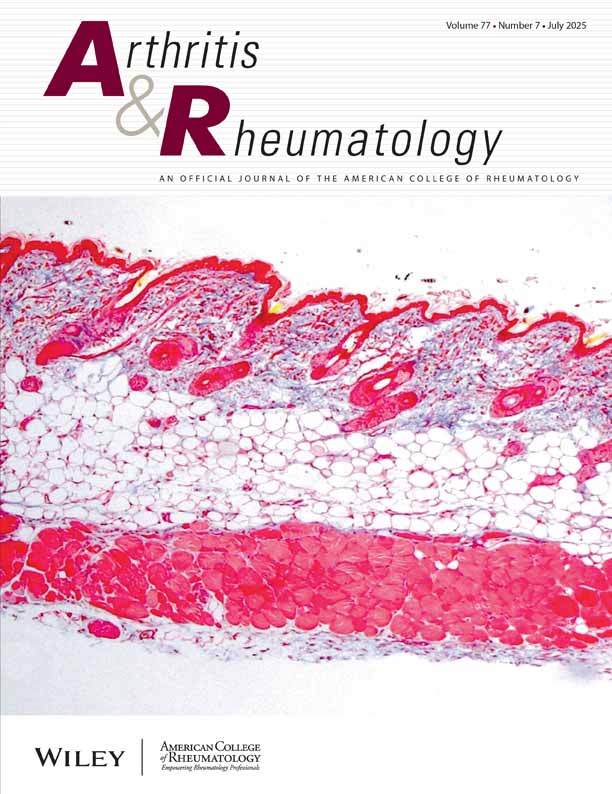The catabolic pathway mediated by Toll-like receptors in human osteoarthritic chondrocytes
Abstract
Objective
To examine the catabolic pathways mediated by Toll-like receptor (TLR) ligands in human osteoarthritic (OA) chondrocytes.
Methods
The presence of TLRs in OA and non-OA articular cartilage was analyzed by immunohistochemistry. The regulation of TLR messenger RNA (mRNA) by interleukin-1 (IL-1) and tumor necrosis factor α (TNFα) was analyzed by reverse transcription–polymerase chain reaction. For stimulation of TLR-2 and TLR-4, chondrocytes were treated with Staphylococcus aureus peptidoglycan and lipopolysaccharides (LPS), respectively. Production of matrix metalloproteinases (MMPs) 1, 3, and 13 and prostaglandin E2 (PGE2) was evaluated by enzyme-linked immunosorbent assay. Production of nitric oxide (NO) was analyzed by the Griess reaction. Regulation of cyclooxygenase 2 protein and phosphorylation of MAPKs (p38, ERK, and JNK) were evaluated by Western blotting or solid-phase kinase assay. NF-κB activation was evaluated by electrophoretic mobility shift assay.
Results
Expression of TLRs 2 and 4 was up-regulated in lesional areas of OA cartilage. Treatment with IL-1, TNFα, peptidoglycan, and LPS all significantly up-regulated TLR-2 mRNA expression in cultured chondrocytes. Production of MMPs 1, 3, and 13 and of NO and PGE2 was significantly increased after treating chondrocytes with either of the TLR ligands. Prolonged culture of cartilage explants with TLR ligands also led to a significant increase in the release of proteoglycan and type II collagen degradation product. Treatment with TLR ligands led to phosphorylation of all 3 MAPKs and activation of NF-κB.
Conclusion
We found that TLRs are increased in OA cartilage lesions. TLR-2 and TLR-4 ligands strongly induce catabolic responses in chondrocytes. Modulation of TLR-mediated signaling as a therapeutic strategy would require detailed elucidation of the signaling pathways involved.




